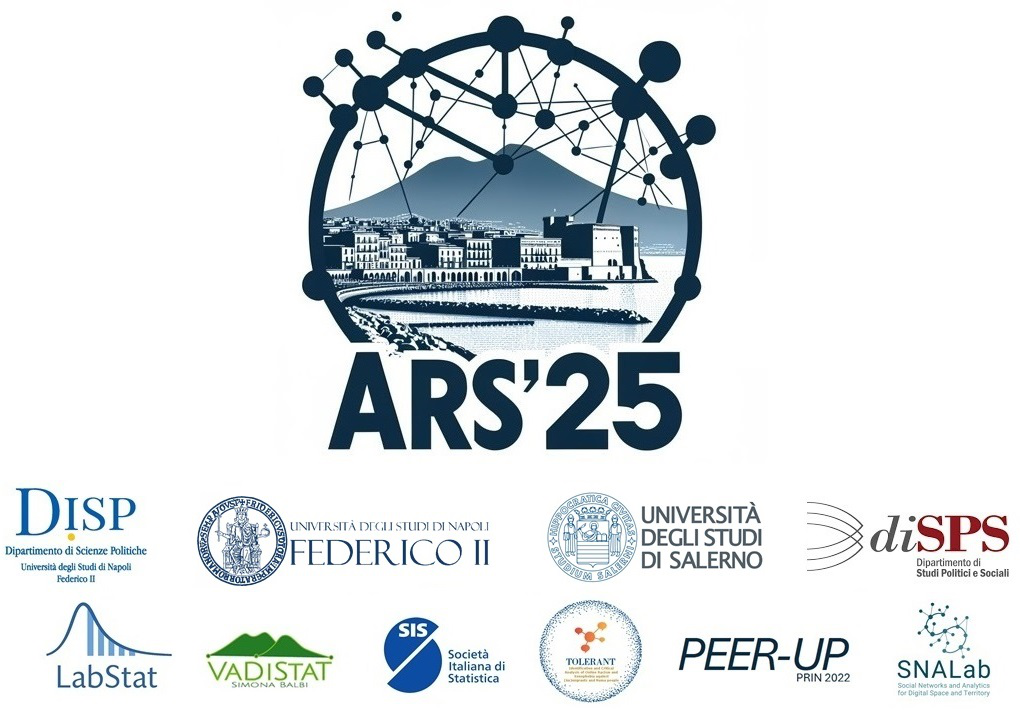The messaging service Telegram has become popular among criminals as a learning environment and online marketplace. Massive group chats and end-to-end encrypted secret chats enable criminals to exchange information and sell illegal goods, among which firearms, to a large audience. This study aims to investigate the process of illegal firearms trading on Telegram through the application of...
Social Representation Theory (SRT) provides a robust framework for investigating how social groups construct shared systems of meaning, particularly through discourse. At its core lie two fundamental cognitive and communicative processes: anchoring, whereby new information is assimilated by linking it to familiar categories, thus enabling interpretation and classification; and objectification,...
Social media are a fundamental arena in the context of electoral campaigns, offering a new dynamic space for political communication and public engagement. During elections, these platforms are not only used by political actors to share and disseminate content, but they are also a space where users interact, express their opinions, and influence each other. User comments, in particular,...
We present an analysis of the complex network structure of some microblogging platforms, comparing their internal organizations and, for the case of BlueSky, its growth during a period of massive migration from X/Twitter. Topological differences are the result of platforms’ functionalities and of individuals’ behaviors. At the same time, the sudden increase of users in BlueSky acts as a large...
A central task in network analysis is to model social influence, that is, how the social environment shapes individual behaviors and outcomes. Autologistic actor attribute models (ALAAMs) provide a relevant framework for this purpose, using an exponential-family formulation to model binary actor-level outcomes given an observed network. However, ALAAMs treat the network as a fixed,...
Recent advances in technology have made it easier to collect large and complex time-stamped relational hyper-event data. This type of data captures events involving more than two entities at the same time. Relational Hyper Event Models (RHEMs) aim to explain the dynamics of these events by modeling the event rate as a function of statistics based on history and external information.
However,...
This study demonstrates the pedagogical value of Systematic Literature Network Analysis (SLNA) for teaching Social Network Analysis (SNA) across disciplinary boundaries. By applying SLNA to the field of in-work poverty research in Europe, the study exemplifies how computational network techniques can be integrated into higher education curricula to foster critical engagement with academic...
In the age of hyperconnectivity, digital environments increasingly influence emotional states specifically social media platforms consuming algorithmic curation for maximizing user engagement. This paper presents the notion of the Digital Mood Swing a concept characterizing sudden, often unforeseen changes in emotional well-being because of digital interaction. Based on interdisciplinary...
Artificial Intelligence (AI) is now having a major influence now on the shaping of decisions within important areas such as jobs, education, healthcare, and public services. While it is often seen as a tool that brings speed, accuracy and neutrality. In recent research shows that AI can also carry forward and increase existing social inequalities. This happens mainly because AI systems learn...
The rapid convergence of quantum computing and artificial intelligence (AI) signals a foundational shift in the development of next-generation digital systems. Beyond technical advancement, this convergence holds critical implications for cybersecurity, particularly in quantum cryptography, post-quantum security, and algorithmic risk mitigation. Although academic output in this domain has...
The present contribution investigates how informal peer networks within high schools shape students’ soft skills, a dimension increasingly recognized as essential for educational attainment and labor market integration. Drawing on a novel whole-network survey of final-year students sample across 28 high schools in the Campania region of Southern Italy, we explore the role of multiple types of...
Adolescence is a critical period in which peer relationships strongly influence identity formation, educational aspirations, and life trajectories. While previous research has emphasized the impact of family background and individual factors on students’ academic choices, recent sociological studies highlight the central role of social networks in shaping these decisions. This study...
There is a strong consensus in the social and health sciences that the quality, quantity, and diversity of social connections are vital for human well-being. Social relationships have intrinsic value and play an instrumental role in contributing significantly to physical health. As a result, disparities in social relationships not only reflect social inequality but also contribute to unequal...
This paper examines the characteristics of inter-organisational networks in post-disaster recovery, focusing on their ability to adapt and remain effective over time. While extensive research has explored such networks during the preparedness and response phases, their role in long-term recovery has received less attention. Unlike the response phase, recovery is a multi-year process involving...

